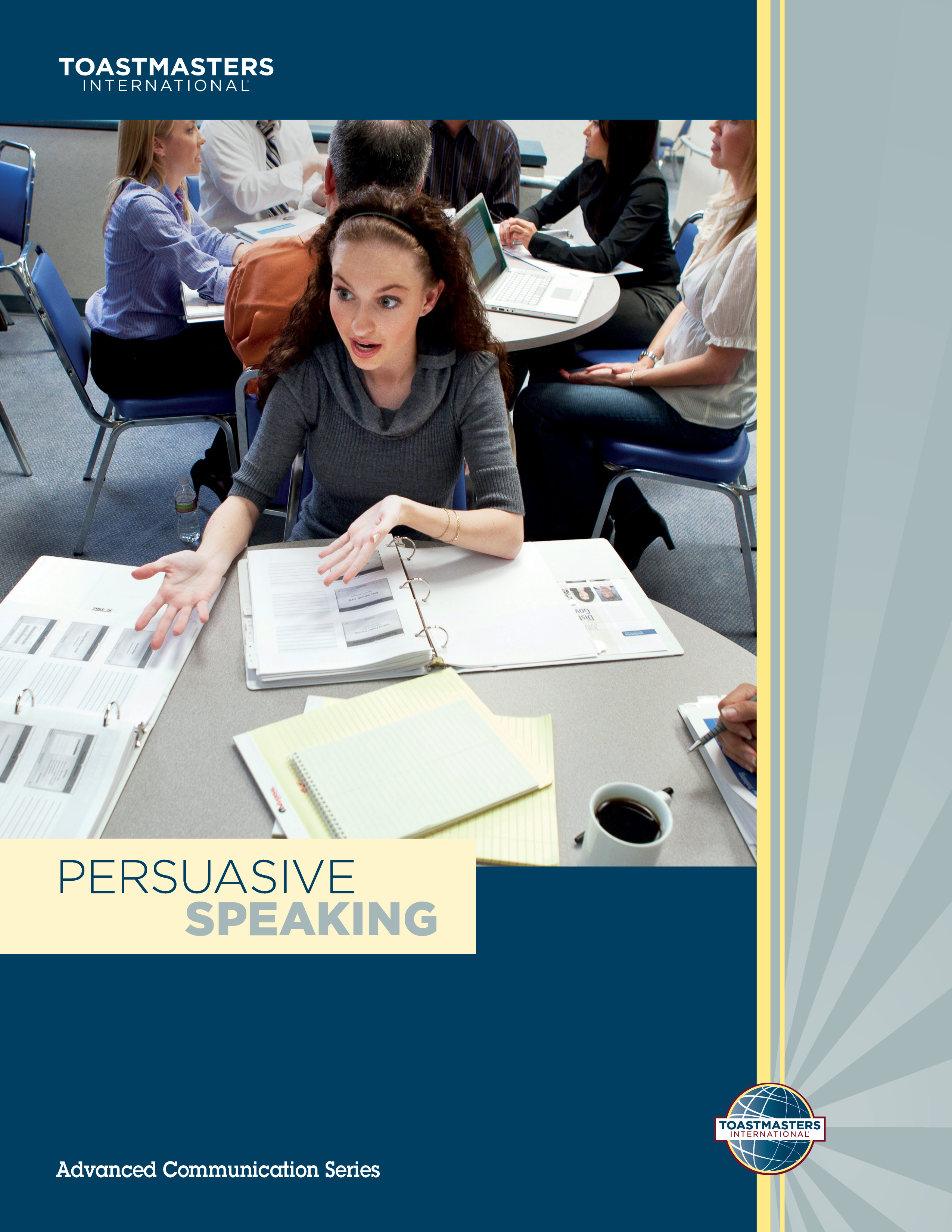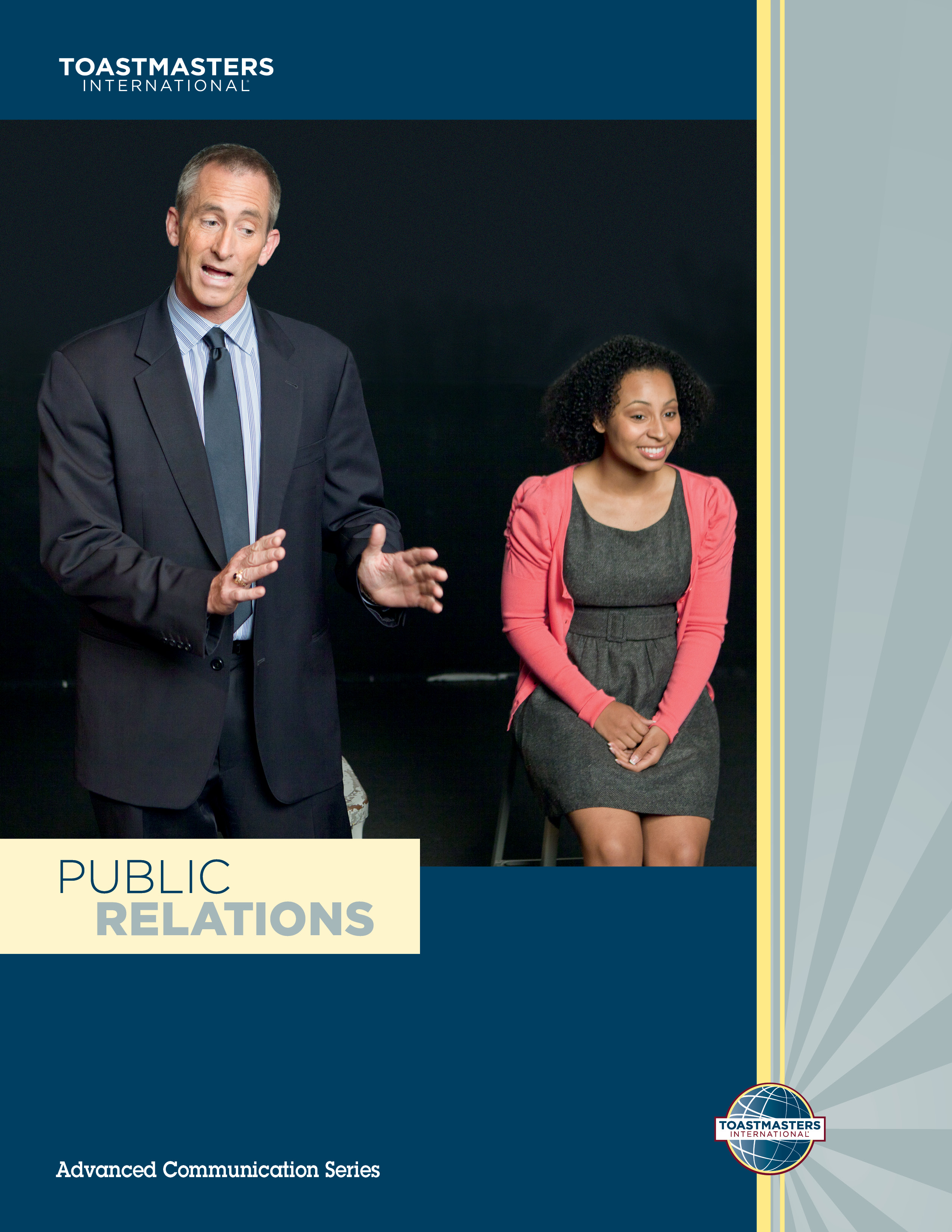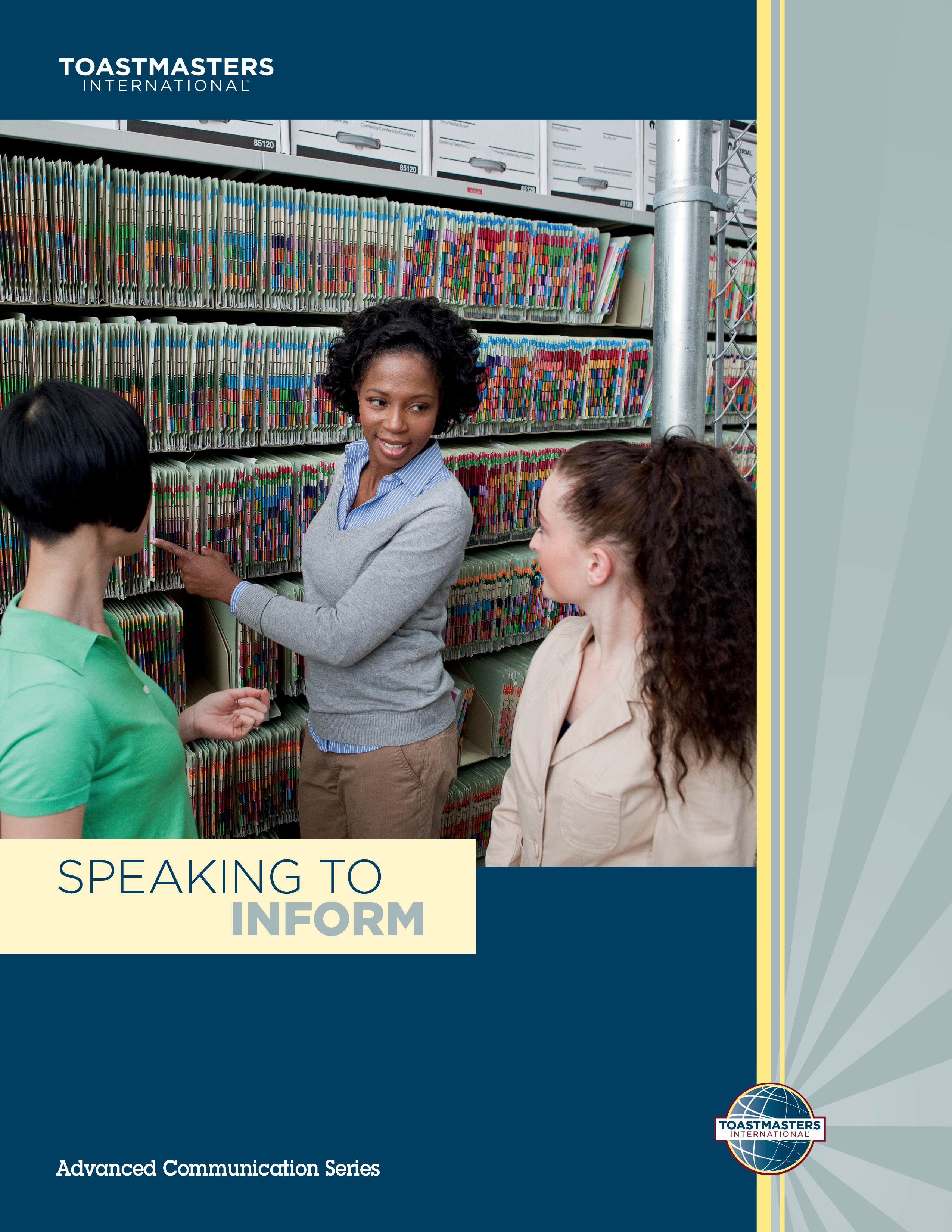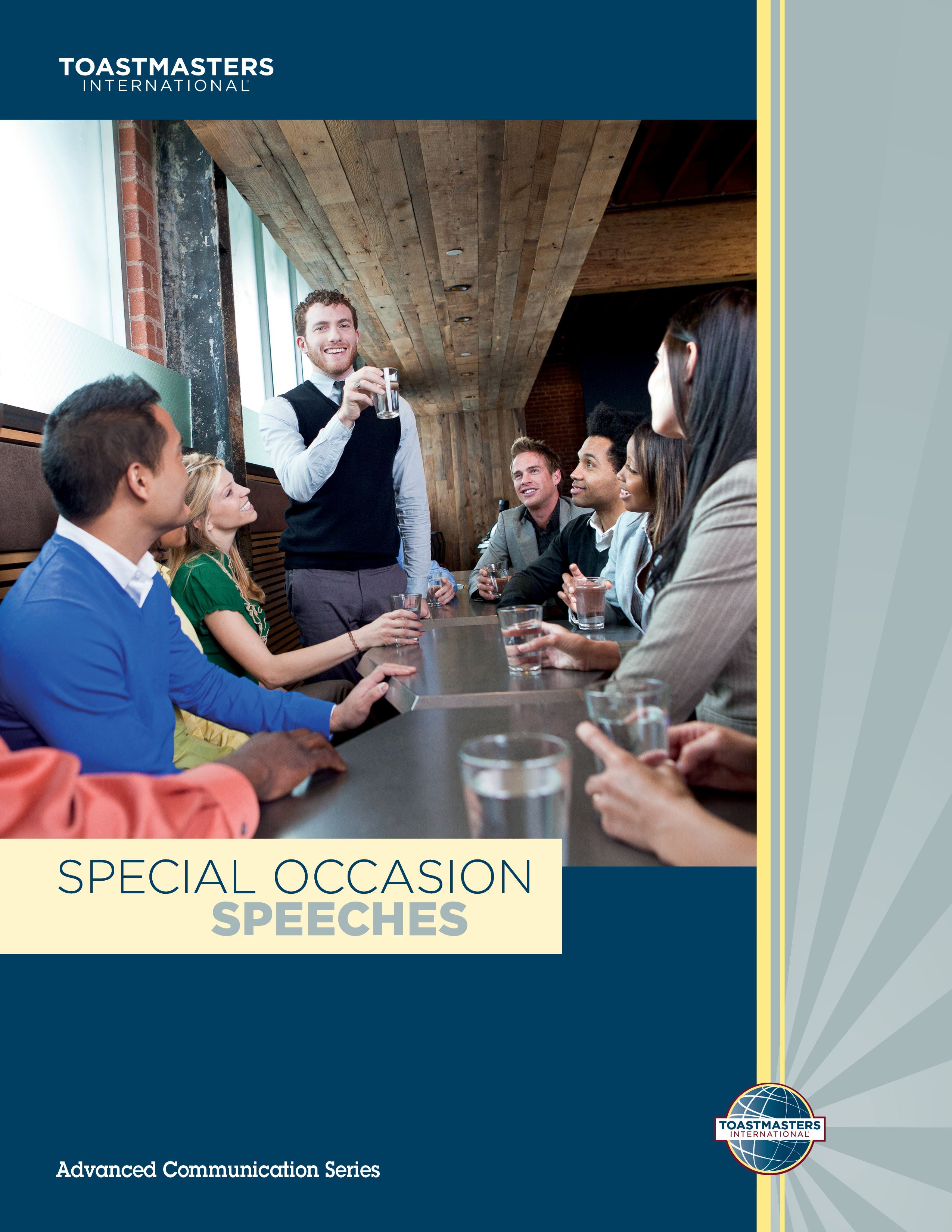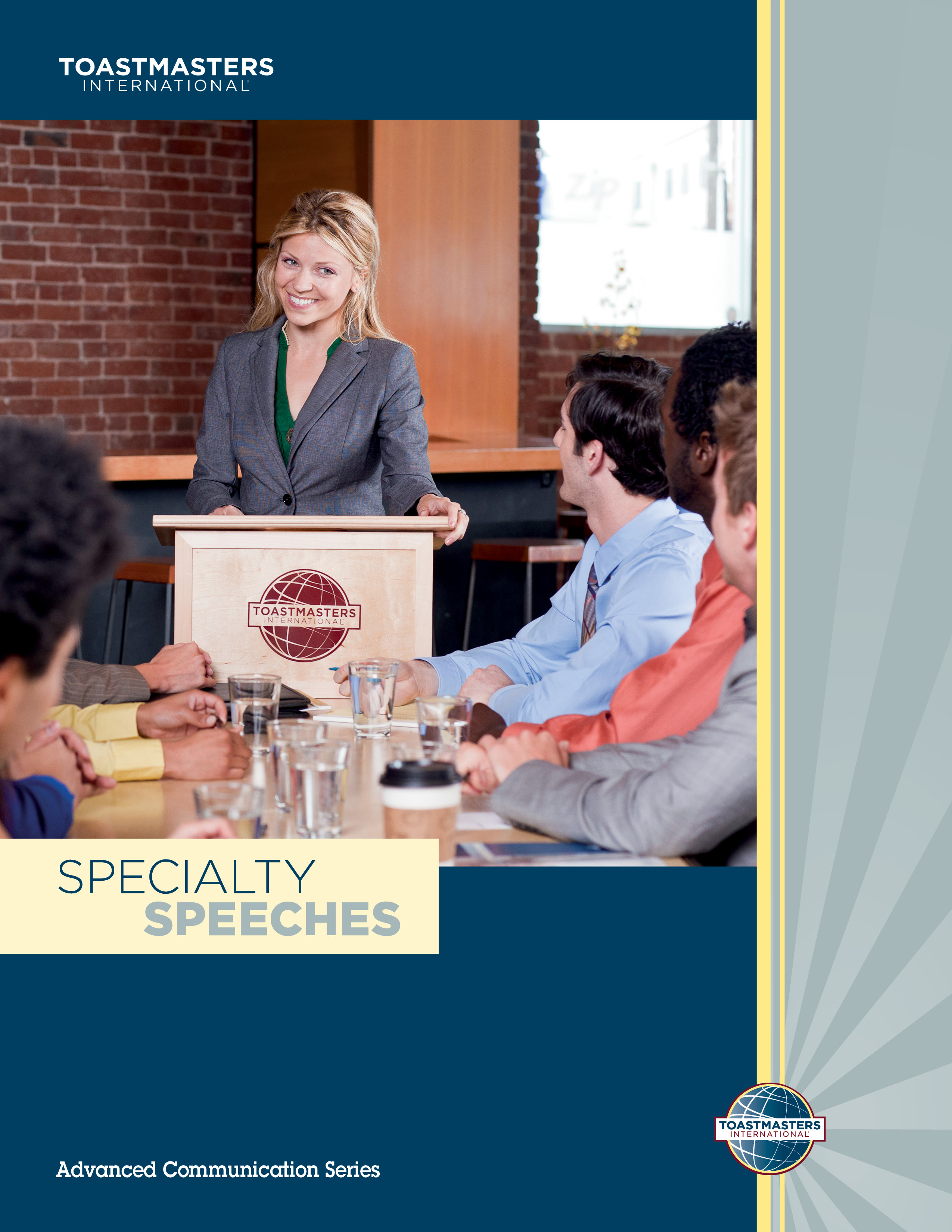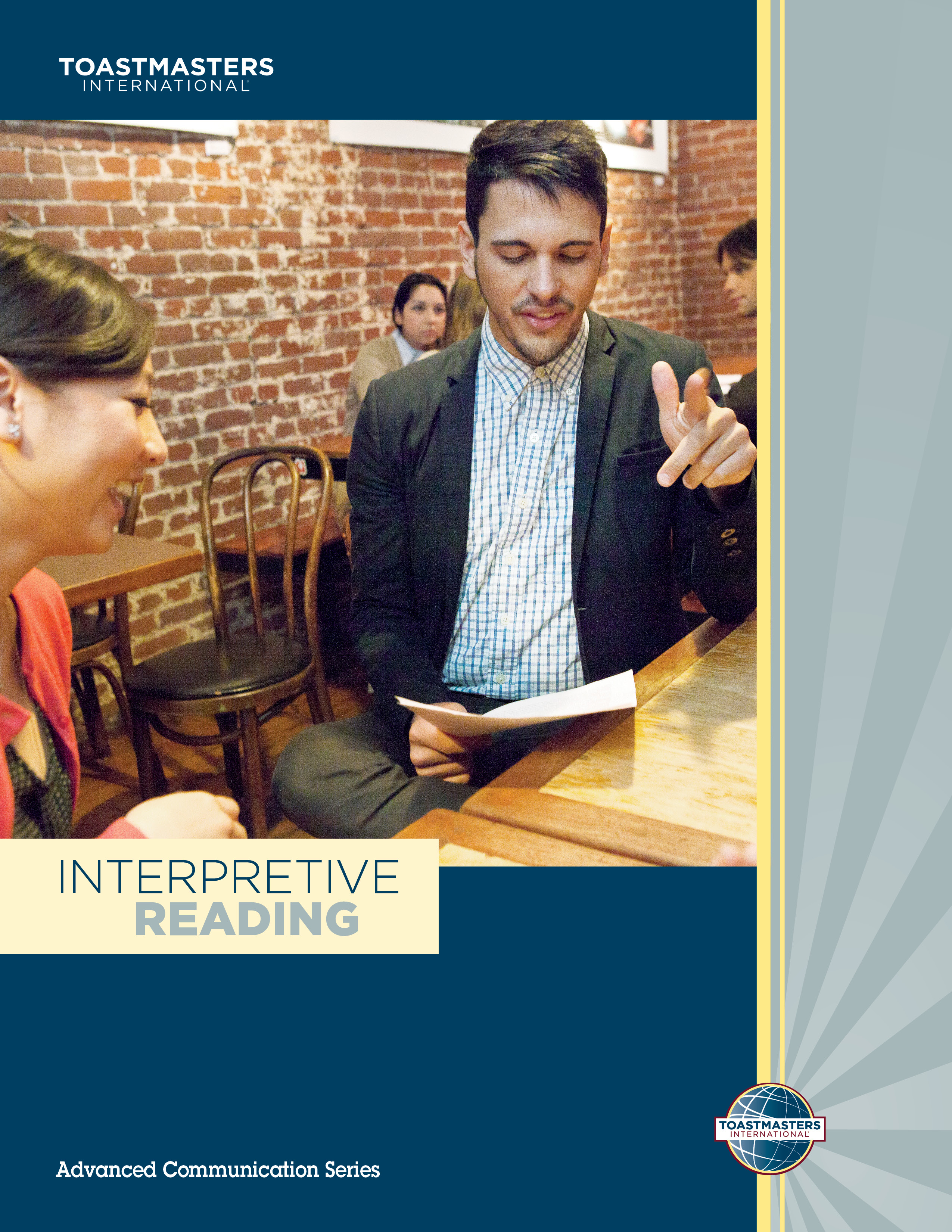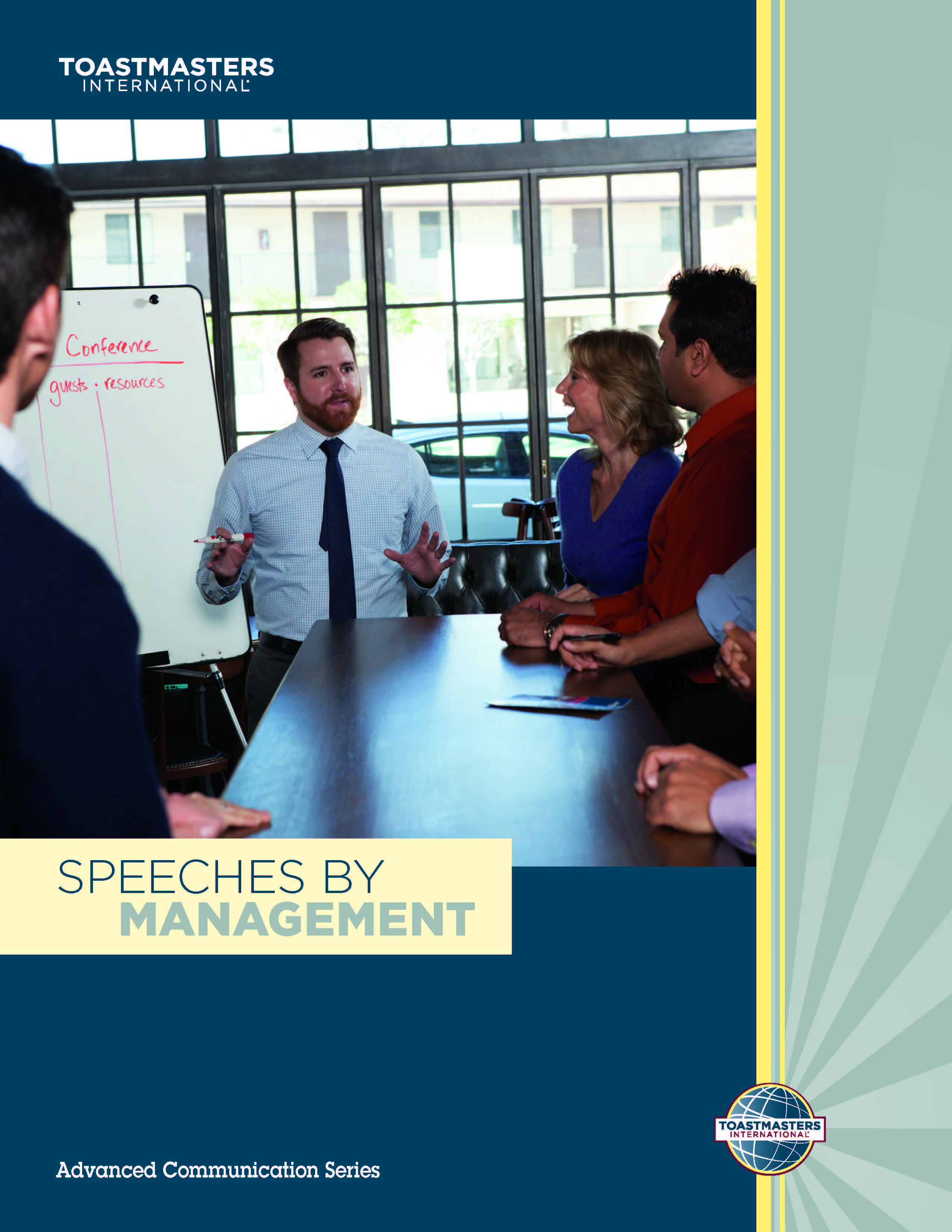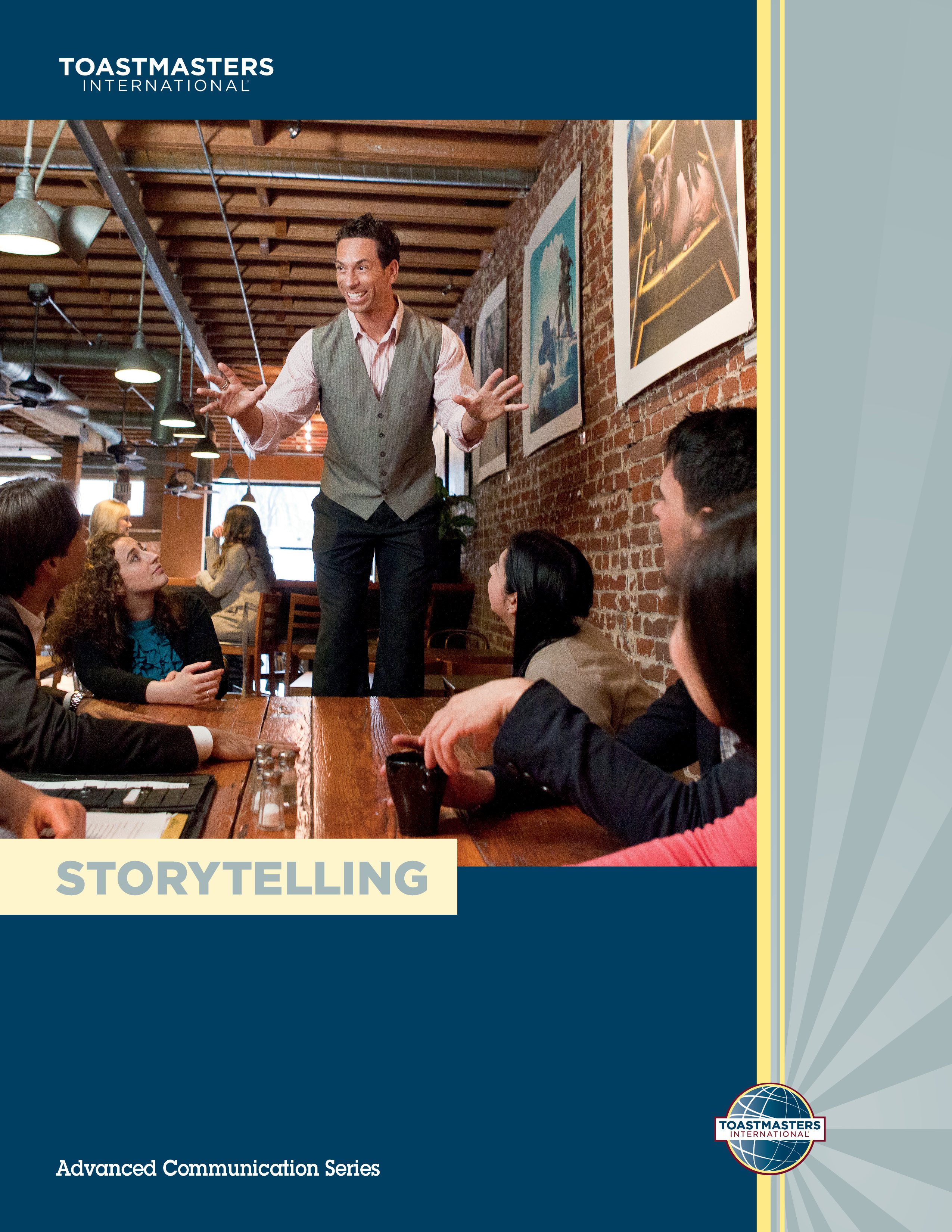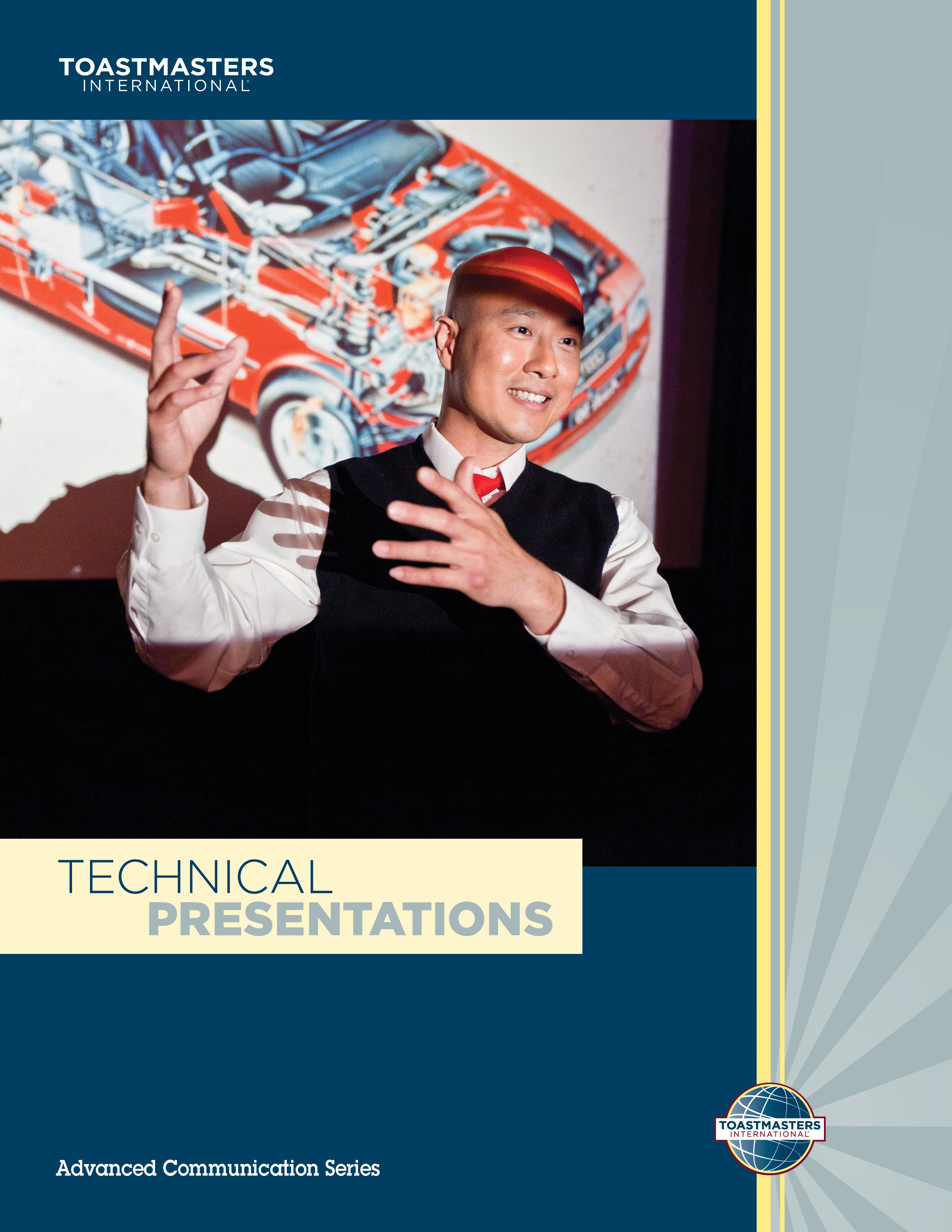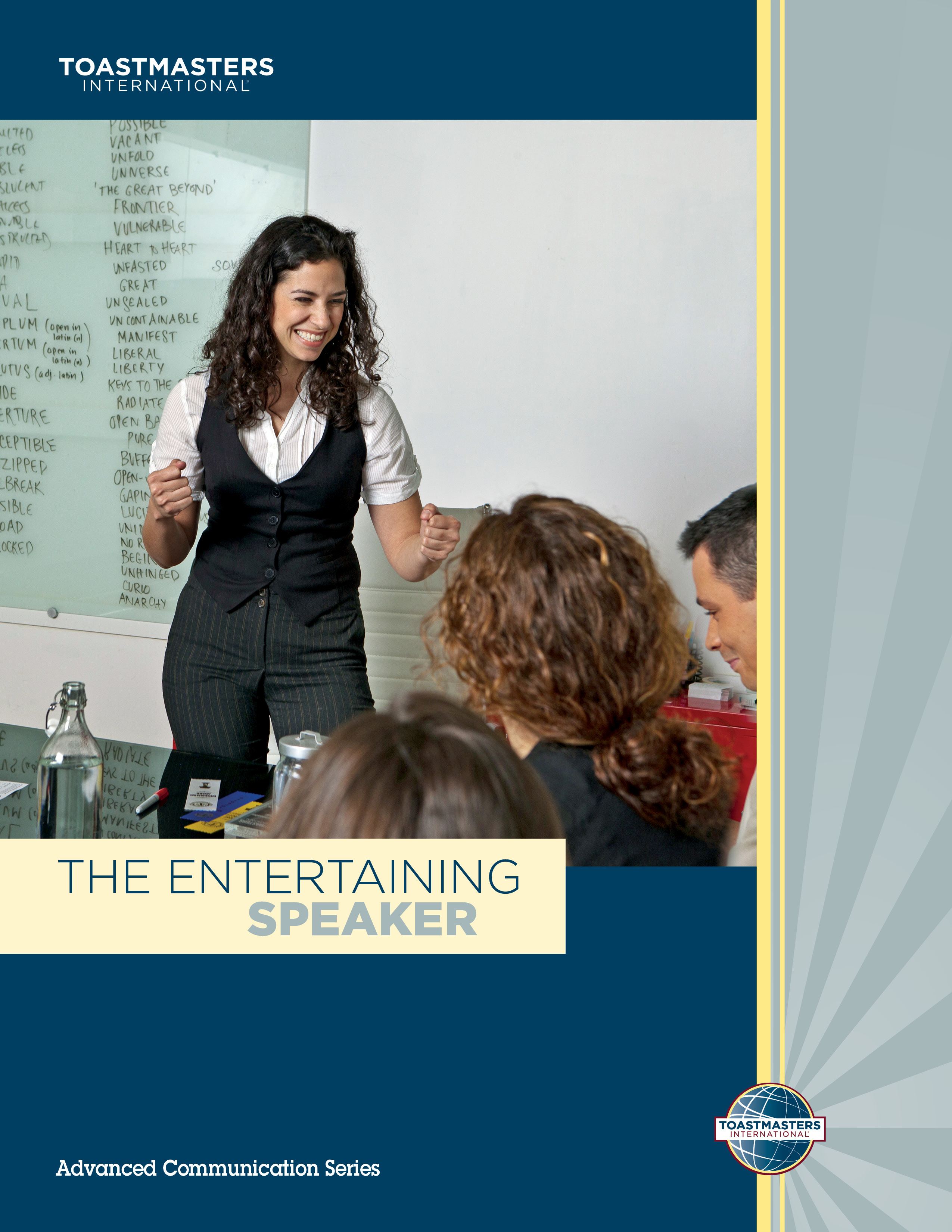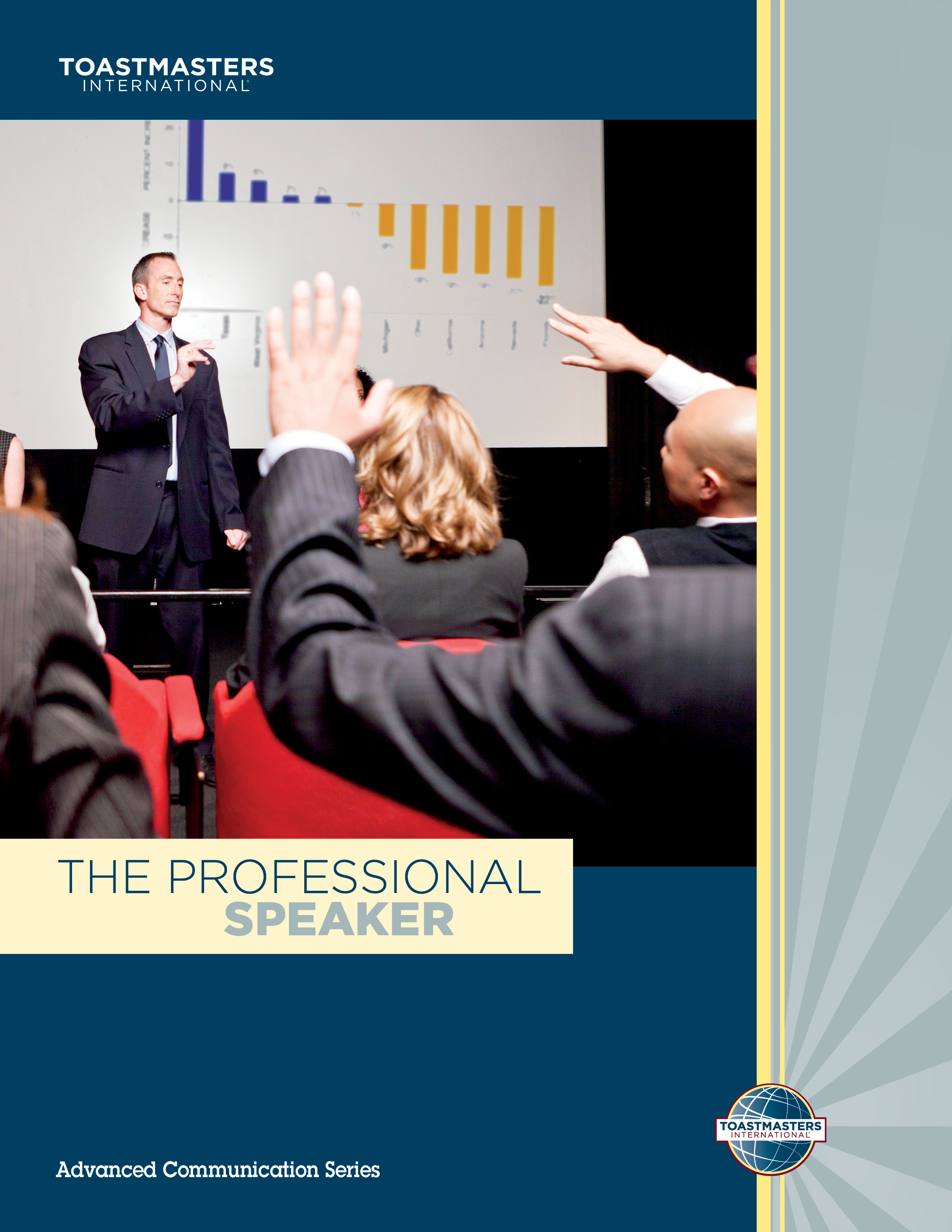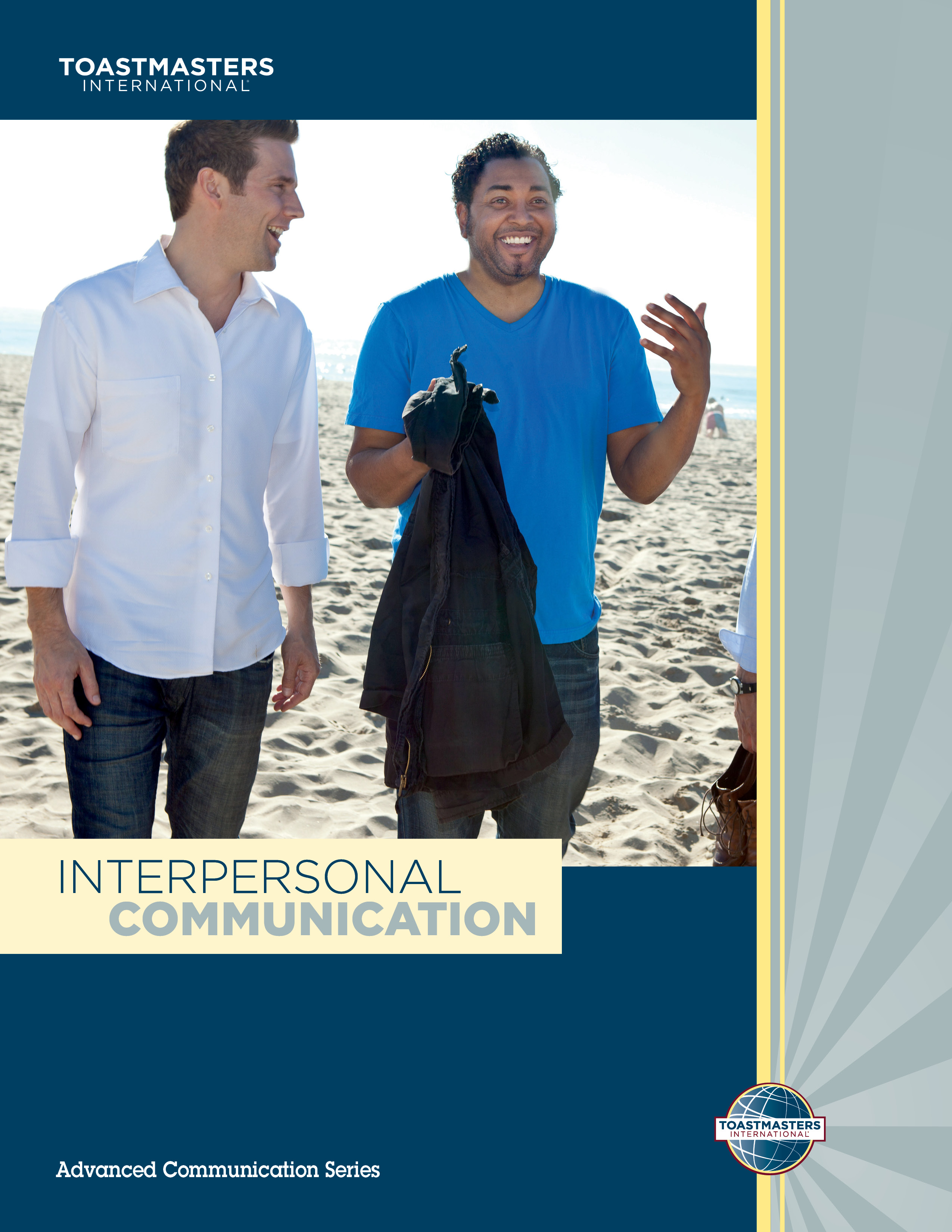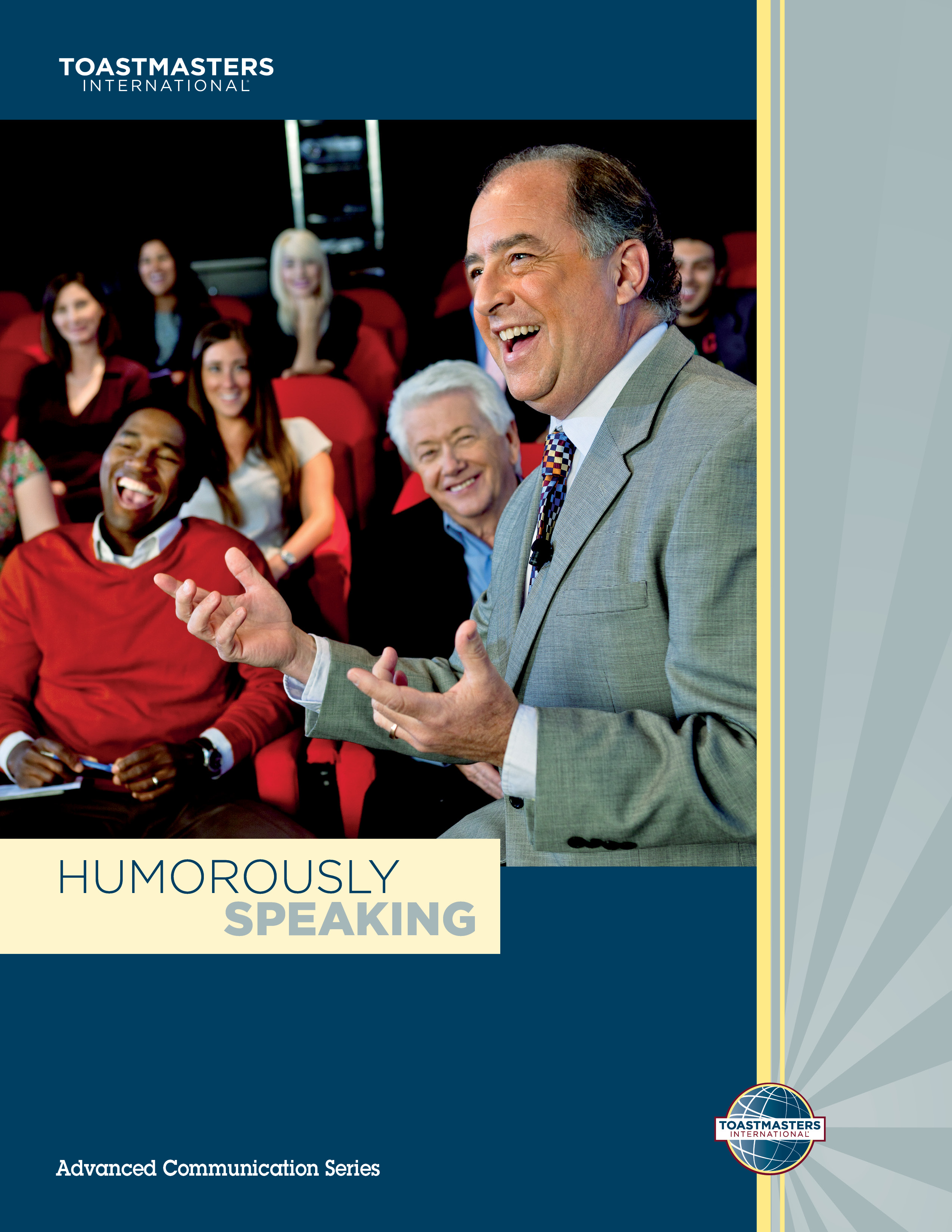Managers encounter a variety of speaking situations in the work environment. This manual offers instruction in giving briefings, preparing and presenting technical speeches, motivating a team, giving a status report and speaking to a hostile group.
Project #1: The Briefing
Executive Summary:
Briefings are common in business, and they usually serve one of these purposes; to impart information, gain acceptance of a plan, promote a specific action, promote understanding, or train a group. Prepare your material so it accomplishes the desired objective. Most briefings include a question and answer session. Prepare as carefully for this portion of the briefing as you did for the briefing itself.
Objectives:
- Apply the key steps in the preparation of a briefing and the organization of material.
- Give a briefing according to a specific objective so the audience will have an understanding of the information.
- Effectively handle a question-and-answer session following the briefing.
- TIME : 8 to 10 minutes for speech – 5 minutes for question period.
Note to the Evaluator:
The purpose of this presentation was for the speaker, as a manager, to deliver an 8 to 10 minutes briefing to employees or associates to explain, instruct, persuade, or report. The goal of the briefing was the effective communication of procedures, concepts, ideas, and data to accomplish specific objectives. The speaker may use visual aids to amplify the information. A five minute question and- answer session should follow the presentation. In addition to your oral evaluation, please write answers to the questions below.
Project #2: The Technical Speech
Executive Summary:
Technical speeches follow an inverted pyramid structure. The main ideas are covered at the beginning, include conclusions and recommendations. This followed by analysis, then details that expand on the conclusions and recommendations. Keep the speech simple, and write for the "ear". Words should be easily understandable, with active verbs and descriptive adjectives. Keep sentences short.
Objectives:
- Convert a technical paper or technical material and information into a technical speech.
- Organize a technical speech according to the inverted-pyramid approach.
- Write a technical speech as “spoken language,” not as an article.
- Give the speech by effectively reading out loud.
- TIME : 8 to 10 minutes
Note to the Evaluator:
The purpose of this presentation was for the speaker, as a manager, to deliver an 8 to 10 minutes technical speech to be read out loud. The speech should have the sound and manner of a spoken, not a written presentation. The speaker should maintain eye contact with the audience, and use vocal variety and gestures. In addition to your oral evaluation, please write answers to the questions below.
Project #3: Manage and Motivate
Executive Summary:
Managers draw the best from people by motivating them to produce. You can inspire and motivate your employees to help them reach the organization's goals. Your presentation should show your listeners that your goals are similar to theirs. Get their attention, tell stories about people who have achieved in spire of adversity, dramatize your words, and call them to action.
Objectives:
- Understand the concept and nature of motivational method in management.
- Apply a four step motivational method with the objectives to persuade and inspire.
- Deliver a motivational speech to persuade an audience to agree with your management proposal.
- TIME : 10 to12 minutes
Note to the Evaluator:
The purpose of this presentation was for the speaker, as a manager to deliver a 10 to 12 minutes motivational speech designed to persuade and inspire by making the audience understand that personal goals can be realized through the achievement of organizational goals. The delivery should have an abundance of vivid word pictures and dynamic gestures. The content of the speech may include broad issues, long-range objectives, sales goals, responsibilities, and the value of individual contribution. In addition to your oral evaluation, please write answers to the questions below.
Project #4: The Status Report
Executive Summary:
A status report reviews progress made against objectives, plans against results, and the nature of new opportunities. The report's structure is simple; beginning with its purpose, followed by it's scope, findings and recommendations. Avoid introductory generalities, broad background or chronological narratives. Keep to the point and reinforce your recommendations.
Objectives:
- Organize and prepare a status report involving the overall condition of a plan or program, or performance of a department or company in relation to goals.
- Construct the report according to a four step pattern.
- Give an effective presentation of the report
- TIME : 10 to 12 minutes
Note to the Evaluator:
The purpose for this presentation was for the speaker, as a manager, to deliver a 10 to 12 minutes status report including facts, marketing information, and organizational problems. He or she was to use a four-step pattern for the report : object, scope, findings, recommendations. The speaker was to use visual aids to amplify the information. In addition to your oral evaluation, please write answers to the questions below.
Project #5: The Adversary Relationship
Executive Summary:
Sometimes a manager may be asked to speak to a group that is hostile to his company, product or service. In such situations your goal is to show the opposition a new way of viewing your side, not necessarily to convince them that you are right. Determine the one message you want to the audience to remember, and reinforce it throughout your presentation. Research and anticipate every possible question that could be asked and prepare your answers beforehand.
Objectives:
- Understand the definition and nature of the adversary relationship.
- Prepare for an adversary confrontation on a controversial management issue.
- Employing appropriate preparation methods, strategy, and techniques, for communicating with an adversary group as the representative of your company or corporation.
- TIME : 5 minutes for speech – 10 minutes for question period.
Note to the Evaluator:
The purpose of this presentation was for the speaker, as a manager representing his or her company or organization, to confront an adversary group concerning a controversial issue related to that company or organization. This situation involves a five-minutes presentation designed to establish the company philosophy and point of view and to persuade the audience as nearly as possible of the validity of that point of view. A ten-minute question-and-answer session will follow with the speaker under fire. In addition to your oral evaluation, please write answers to the questions below.
For more information:
Item 226F

